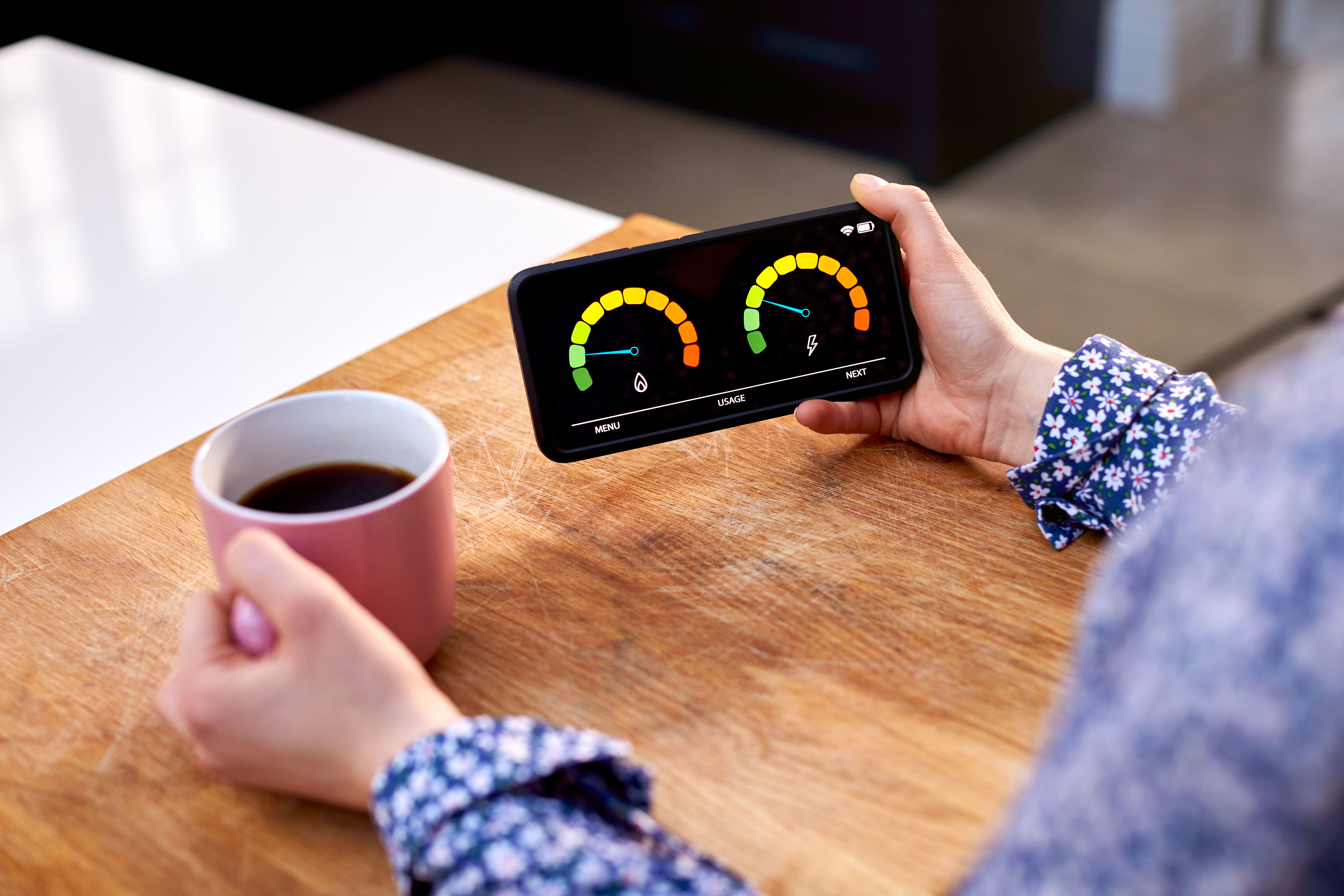
It is impossible to escape the fact that the UK is in the midst of a cost of living crisis. We can see and hear debate about it across the media and, most importantly, we can feel it in the mounting pressure on our household budgets. Alongside a multitude of other rising costs, record increases in global energy prices are starting to hit personal and family finances, as the UK energy price cap increases to 54%. In this situation, we are all looking for ways to save on energy bills, and it is important to understand the role that flooring can play within our living space. Modern technology, manufacturing and material usage all combine to deliver flooring options that can help households save on energy bills. Some options are more effective than others, however.
How does flooring impact energy bills?
Think about your home and the flooring that you currently have in place. In terms of household energy use, your floors are important for two reasons:
- Your flooring is one of the biggest surface areas in your home.
- Your flooring provides a barrier between your indoor space and the natural ground.
When you think about your flooring in this way, it becomes clear that it provides one of the best opportunities for effective insulation. Far from being something that is only impactful in loft spaces and walls, insulation methods can deliver significant savings when applied to flooring areas in the home – particularly in multi-storey, multi-level properties.
As a temperate region, the UK experiences significant temperature variation over the course of the year, and insulation is important throughout the seasons. Insulation helps to control the transfer of heat, so it contributes to keeping spaces warm in winter and cool in summer. In winter, heat is more effectively trapped inside, so less energy is required to keep your home at a comfortable temperature. In summer, insulation slows down the heating effect of outside temperatures on the inside space. Not only does this help to maintain a comfortable temperature in your home, but it also reduces the need for heating, electric fans and air conditioning units – all of which can lead to increased energy consumption and higher energy bills.
The best flooring option
Understanding the impact that flooring can have on energy bills, we can see that the best flooring option is always that which provides the most cost-effective insulation. With that in mind, the ideal solution consists of three elements:
- Good quality underlay - Investment in good quality underlay is an investment in both the longevity of your flooring and also in the reduction of your energy bills - saving you money overall. When the underlay is fitted beneath your flooring, it serves as a shock absorber. This helps to protect the depth of pile in carpets by reducing the impact of heavy usage, including footfall and the placement of furniture. The shock absorbing function also helps to reduce noise by creating a barrier that minimises the transfer of sound. This further relates to the way in which good quality underlay makes a significant contribution to insulation in terms of temperature. Composed of dense, spongy material, this additional flooring layer helps to trap warm air inside your home, while also slowing the transfer of heat between floors. In some cases, the right underlay can contribute to a reduction of energy bills by up to 15%.
- Carpets - Simply put, carpets provide insulation. While other modern flooring types can incorporate insulating layers and materials, there is no better option than a good quality carpet over good quality underlay, when the goal is to save money on energy bills. This is because the nature of carpet – fibres woven onto backing materials – purposefully creates depth of pile along with spaces between fibres. When teamed with the best underlay, the pile of the carpet is preserved for longer. These factors trap warmth within the carpet coverage, ensuring that your floor spaces are lined with heat retaining layers. While this helps to keep energy consumption lower during winter, it also helps regulate temperature in the summer.
- Wool - Consider sheep. Roaming the countryside in all weathers, these animals stay comfortable throughout the year, thanks to their woolly coats. Wool carpet is arguably the best natural insulator because it has very low thermal conductivity. This means that it does not transfer heat well and can therefore be used as an effective, sustainable material for regulating temperature within spaces. In addition to the protein-based structure of wool, wool fibres are also naturally ‘crimped.’ This leads to the creation of minute air pockets throughout the material, making a thermal barrier. It also ensures that wool fibre is highly resilient and, when used for carpeting, this strength delivers effective pile height retention – increasing both the longevity of your flooring as well as its insulating properties.
So, the principle is a straightforward one. Insulation throughout the home helps you save on energy bills, and insulation in flooring – as one of the biggest surface areas in the property – has a significant impact. A layer of good quality underlay beneath a layer of carpeting provides the highest degree of flooring insulation, and wool carpets, in particular, are the best choice in terms of insulating carpets.
With energy and living costs continuing to rise, and climate change becoming increasingly disruptive, it has never been more important to make fully informed choices for your home space. Making those choices now - well in advance of the next winter - means that your household can head into the colder winter months safe in the knowledge that energy bills will be more manageable, with insulated flooring options in place that are durable and of the best possible quality.
Consult the experts
For expert guidance on energy saving flooring options, including underlay and wool carpeting, Flooring Superstore is the best call to make. The team is highly trained in all aspects of flooring design and installation and can work with you to achieve the ideal flooring solution for your budget.
Use our contact form on our website or alternatively call one of our friendly and expert team on 03308 182 500.










